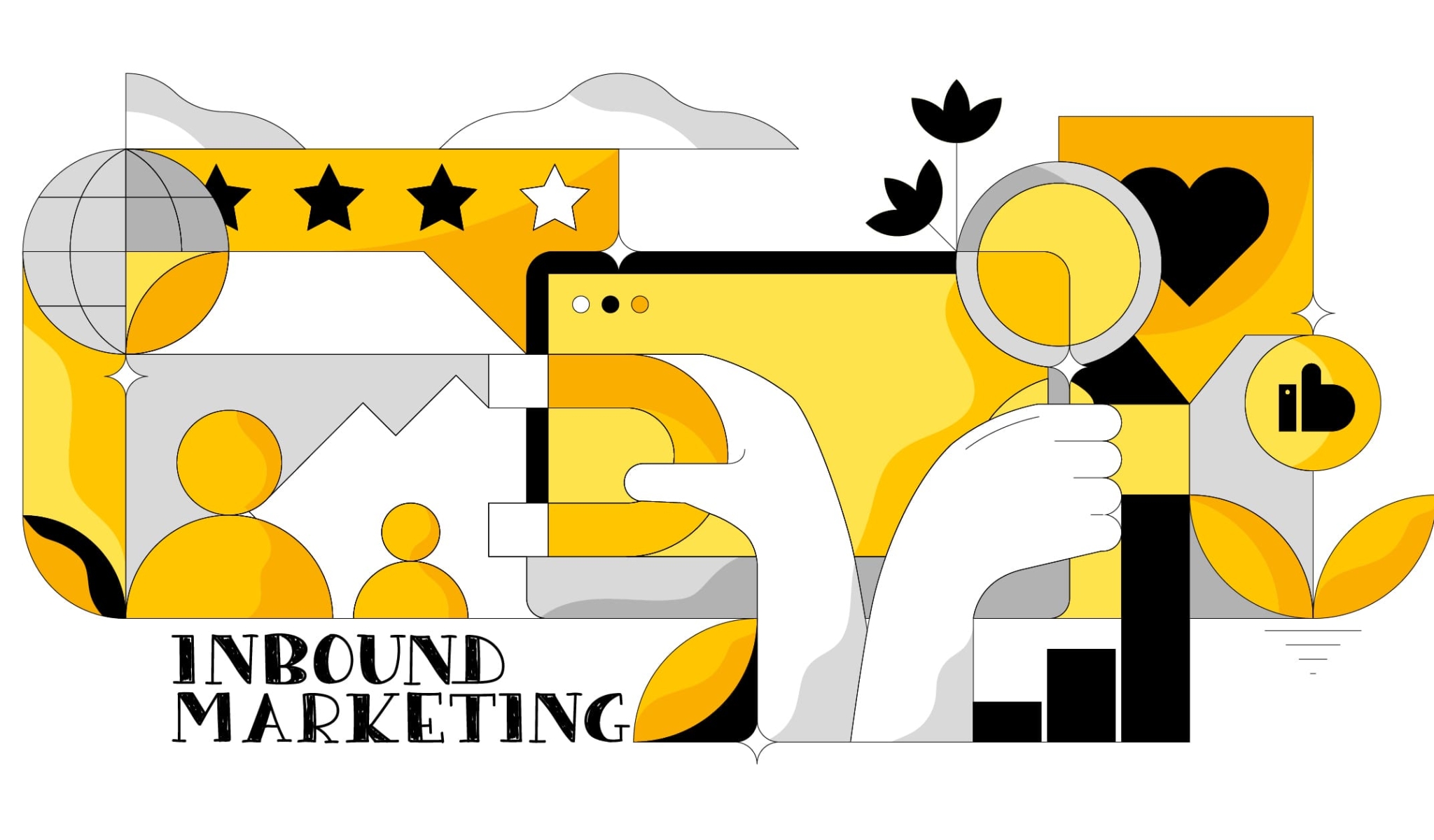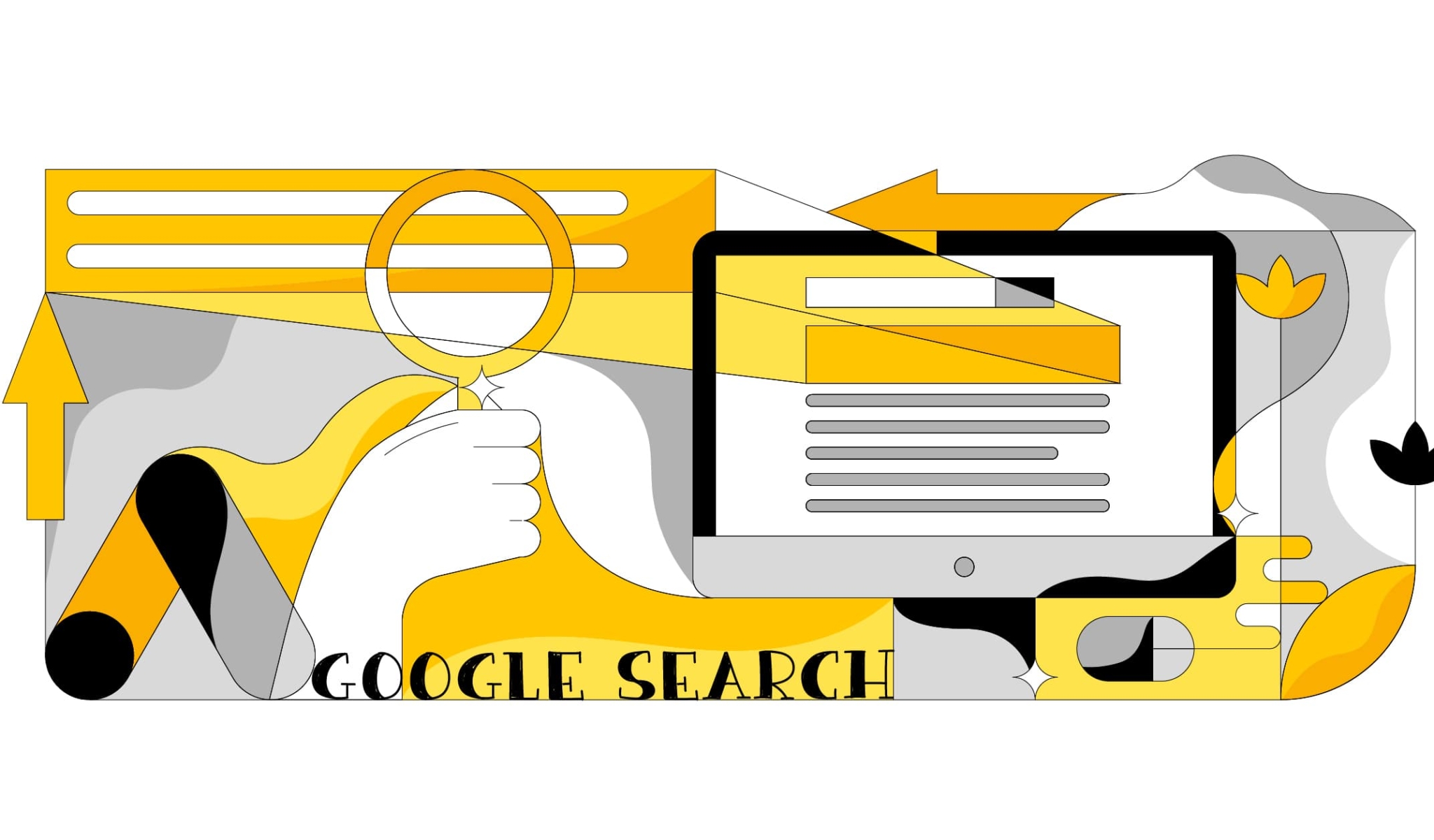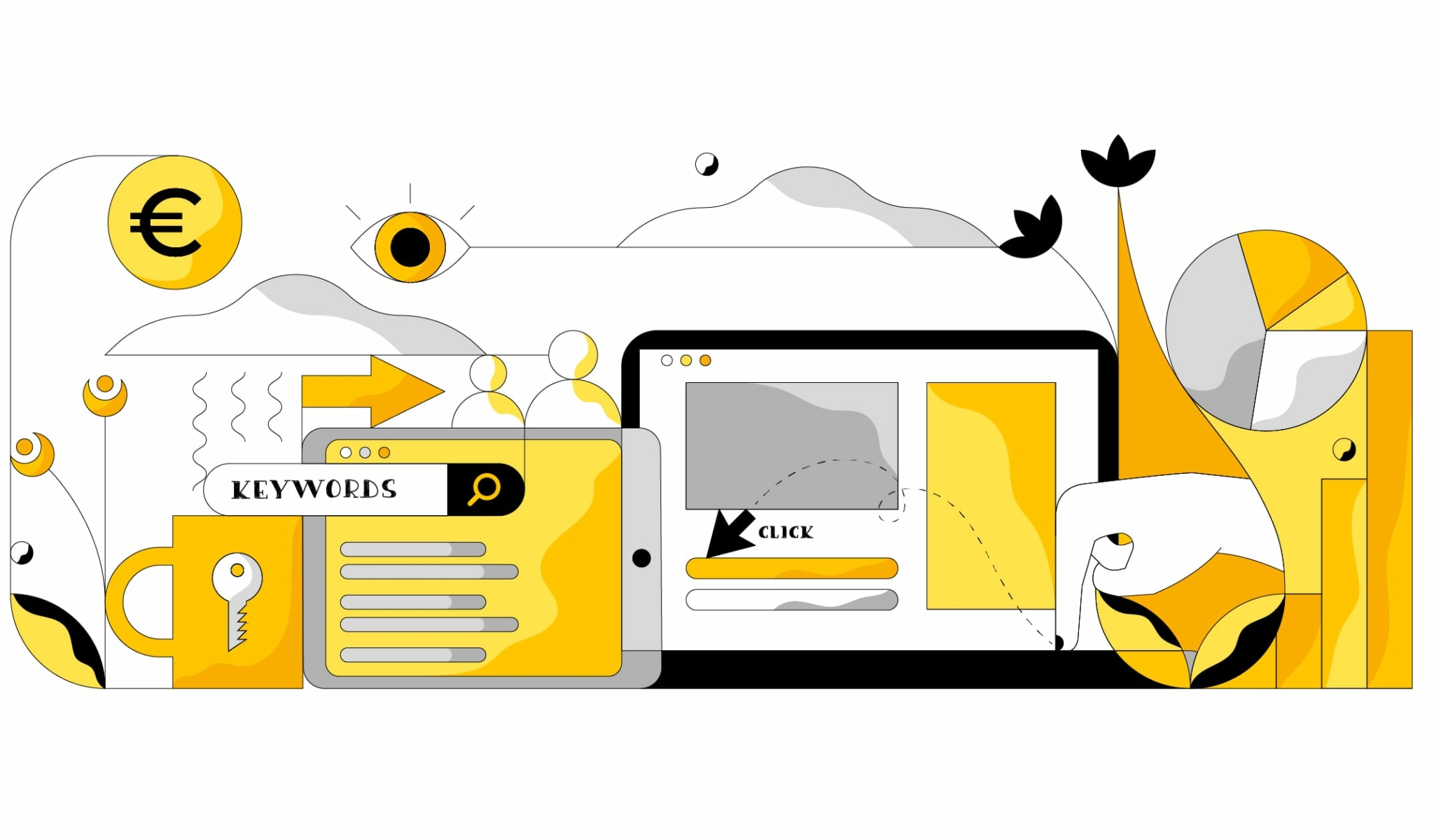Da tempo i venditori non rappresentano più la fonte principale di informazione per i potenziali acquirenti. Nell’era dei motori di ricerca, i clienti si informano online prima ancora di contattare un’azienda o effettuare un acquisto. Ecco perché l’inbound marketing è importante: è un’opportunità per intercettare questi utenti fornendogli informazioni utili, presentandosi come fonte autorevole prima ancora che il cliente abbia considerato l’acquisto.
Storicamente le vendite e il marketing B2B hanno fatto affidamento su strategie outbound come pubblicità a pagamento, email, fiere o cold calling/tele marketing. Oggi il processo d’acquisto (o customer journey che dir si voglia) inizia prima ancora che le aziende se ne accorgano. Internet rappresenta infatti una vera e propria miniera di informazioni e un’opportunità per far conoscere il tuo brand.
Questo è il motivo per cui marketing e vendite non possono più essere due dipartimenti a sé stanti, ma vanno considerati come un unico processo, il quale richiede nuove strategie per attrarre i prospect. L’inbound marketing nasce dalla necessità di offrire valore e creare delle esperienze positive prima ancora di instaurare una relazione diretta con il brand. Scopriamo insieme come funziona l’inbound marketing e come le aziende B2B possono servirsene per creare campagne in grado di convertire clienti da potenziali a reali.
Cos’è l’inbound marketing?
Fanno parte dell’inbound marketing tutti quei processi o campagne di marketing che mirano ad attirare nuovi clienti con attività non invadenti, dove l’obiettivo non è vendere (o per lo meno, non direttamente), ma fornire informazioni. Ecco spiegato quindi il nome. Infatti, “inbound”, letteralmente “in entrata”, vuole evidenziare il processo che ne sta alla base; non siamo noi che andiamo dal cliente, ma è lui che viene da noi.
Starete pensando, ma che ruolo hanno le aziende in un approccio così passivo?
Beh, in realtà molto! Le persone vanno tendenzialmente da chi gli dà risposte, quindi le aziende devono fornire risposte a queste domande. Tramutando tutto questo nel linguaggio digitale, diremo che dovremo dare agli utenti dei contenuti che rispondano al loro intento di ricerca. Ad esempio, se un cliente ricerca “Che cos’è uno Slip Ring” su Google e trova il mio contenuto prima di quello di un competitor, ho fatto bingo.

Anche se qualcuno potrebbe obiettare che in tali sotterfugi ci sia della malizia, in realtà, se ci pensi bene, è un win-win per entrambe le parti. Non si tratta d’altro che portare il proprio know-how di prodotto da una sala riunioni ad un canale online (sito web, social, ecc.).
L’inbound deve generare valore per l’utente/cliente e lo deve fare in maniera genuina. Se trovi un articolo che si spaccia per informazione gratuita ma poi si rivela una marchetta, sei davanti ad un cattivo esempio di inbound marketing.
Non c’è bisogno di farti pubblicità, ti stai promuovendo mostrandoti competente e stabilendo una relazione, che in fase d’acquisto si tradurrà in preferenza per i tuoi servizi.
Esempi di inbound marketing sono sotto i nostri occhi ogni giorno: dai blog ai post sui social network, dai white paper ai webinar. Come vedi, sono tutti tentativi di coinvolgere un pubblico sempre più ampio, dando visibilità alla tua azienda e coltivando relazioni online in grado quindi di generare lead e incontri offline.
Intuitivamente, la strategia opposta all’inbound marketing è l’outbound marketing, che approccia il cliente in maniera diretta, in un’interazione più simile a un tentativo di vendita tradizionale che a un invito a conoscere il brand.
Outbound marketing vs inbound marketing
Per determinare l’approccio ideale per la tua azienda, è fondamentale comprendere i pro e i contro sia dell’outbound marketing, sia dell’inbound marketing nel B2B. Uno dei vantaggi dell’outbound marketing è la familiarità dello stile comunicativo sia per chi promuove, sia per chi acquista.
Tuttavia, la natura diretta dell’outbound marketing può essere controproducente per la tua azienda. Infatti, il prospect potrebbe percepire la conversazione come a senso unico e mirata unicamente alla vendita, senza percepire alcun valore aggiunto. D’altronde, a nessuno piace sentirsi dei portafogi con le gambe!
Inoltre, in ambito digitale, i metodi di outbound marketing puntano a catturare un pubblico ampio e potrebbero quindi risultare inadeguati per alcune tipologie di clienti. Queste strategie potrebbero mancare pain point specifici e di conseguenza non riuscire a fare presa su un determinato target.

Per questo motivo, molte aziende B2B stanno passando all’inbound marketing. Si tratta di un metodo meno invasivo che consente al cliente di venire da te per trovare le informazioni che sta cercando. Segmentando adeguatamente il tuo pubblico, puoi creare contenuti mirati pensati per gruppi ed esigenze specifici, attraverso la condivisione sui social, via e-mail, attività SEO (ne abbiamo parlato in questo articolo) e tante altre attività.
Se fatto su una propria piattaforma, l’inbound marketing non richiede di allocare budget media (per intenderci, quello che si dà a Google, Linkedin o Facebook per le campagne paid). La diffusione di questi contenuti, essendo meritocratica, è direttamente proporzionale alla loro qualità. Quindi, l’unico costo saranno le ore spese da una risorsa interna all’azienda, o da un buon editor nel caso si decida di dare l’attività ad un’agenzia specializzata.
Lo svantaggio dell’inbound marketing è il tempo, poiché per vedere il ritorno dell’investimento possono servire svariati mesi -se non anni- e molta costanza, ma tutto sommato nel B2B siamo abituati a cicli di vendita lunghi, no?
Inbound marketing nelle vendite B2B
Qualunque sia la tua nicchia, se il tuo prodotto o servizio si presta ad una valutazione online, è fondamentale essere attivo con queste attività. Come abbiamo già detto, la gente tende a fidarsi e a comprare da persone o brand che dimostrano esperienza. L’inbound marketing è un ottimo modo per comunicare il valore aggiunto della tua azienda.
Come ogni processo marketing che si rispetti, anche nell’inbound si inizia con l’awareness, ovvero facendo conoscere il proprio brand. In questo modo, stai attirando l’attenzione di nuovi clienti attraverso la SEO, i social media, le pagine blog e altri canali rilevanti per il tuo target.
Il passo successivo è facilitare il processo di “considerazione”, portando i fruitori abituali dei tuoi contenuti da prospect a lead, attraverso landing page (pagine web create appositamente per raccogliere contatti) o call to action (pulsanti) per l’iscrizione a webinar o incontri de visu con un un venditore. Da qui in poi incoraggerai il processo decisionale segmentando il pubblico, inviando e-mail mirate e coltivando queste relazioni.
Le possibilità in ambito inbound marketing B2B sono ormai molte e super collaudate. Oggi, chi acquista vuole essere coinvolto in un’interazione a doppio senso, esplorando la tua offerta alle sue condizioni e sviluppando una relazione più profonda con il fornitore ancora prima dell’acquisto.
Contenuti formativi per l’inbound marketing
Tra le tendenze più usate nell’inbound marketing rientrano i contenuti formativi, soprattutto con stampo divulgativo. Ad esempio, gli esperti in settori di nicchia, che si mostrano autorevoli su un tema attraverso la formazione, dimostrano il valore unico della loro competenza piuttosto che promuovere direttamente il loro prodotto. Questo tipo di contenuti consente alle aziende di costruire un rapporto di fiducia con i propri interlocutori, fidelizzandoli.

Chiaramente, i temi che tratterai saranno in linea con la tua offerta, ma invece di spiegare i dettagli tecnici o le complesse funzionalità del tuo prodotto specifico, puoi usare canali come blog, social e You Tube per mostrare quanto i servizi del tuo genere possono aggiungere valore al tuo cliente, come velocizzare i processi, massimizzare i profitti o differenziarsi dalla concorrenza.
Questi contenuti formativi si traducono direttamente in valore per i tuoi prospect, che quindi concluderanno l’interazione con il tuo brand avendo già guadagnato qualcosa, anche senza aver acquistato il tuo prodotto o il tuo servizio.
Collaborazione tra marketing e vendite
Il B2B si basa sulle relazioni. La chiusura di una vendita, l’up-selling e il cross-selling richiederanno sempre un esperto commerciale. Lo scopo di aggiungere l’inbound alla tua strategia di marketing è di incrementare l’acquisizione di lead qualificati (MQL) da dare in pasto ai venditori. Pertanto, guidare il cliente nella scelta della soluzione ideale e la chiusura di una vendita sono ancora 100% appannaggio del reparto commerciale.
Che poi, come ci siamo detti, non si dovrebbe neanche più chiamare così.
Lo scopo dell’inbound marketing -e della visibilità online in generale- non è di ottimizzare un processo già in essere. Fa la differenza tra ricevere un lead oppure no, tra sedersi al tavolo con un potenziale cliente oppure no.
Per questo motivo, la collaborazione fra marketing e vendite è fondamentale. Consente di generare nuove opportunità commerciali, che verranno poi indirizzate al personale più specializzato, il quale si occuperà di concludere la vendita.
Il futuro del B2B
Ora che hai scoperto l’importanza dell’inbound marketing per le aziende B2B, ti sarà chiaro perché questo rappresenti il futuro del marketing, anche per l’ambito industriale B2B.
Le possibilità di implementare l’inbound all’interno delle tue campagne sono molteplici.
Se hai bisogno di un consiglio, non esitare a contattarci per iniziare a trarre vantaggio da queste strategie e raggiungere i tuoi obiettivi commerciali.











